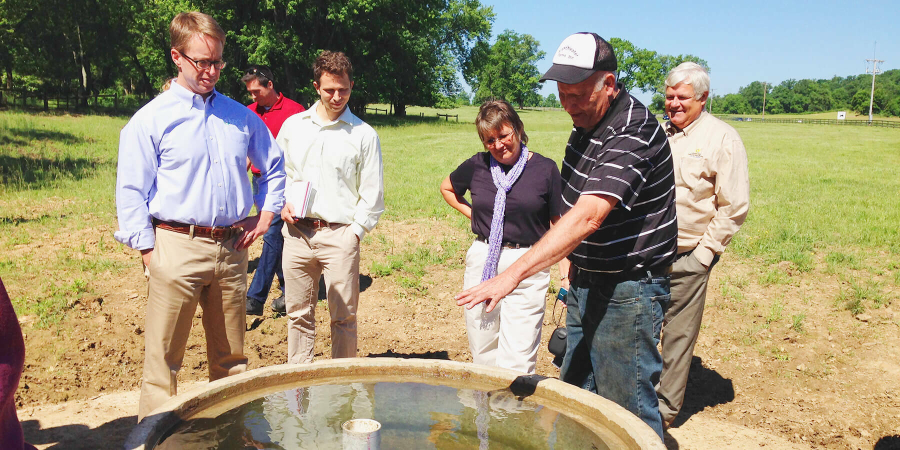BMP Verification
Best Management Practice (BMP) verification is a process that includes initial inspection, follow-up checks and evaluation of BMP performance.

Best management practice (BMP) verification is “the process through which agency partners ensure practices, treatments and technologies resulting in reductions of nitrogen, phosphorus and/or sediment pollutant loads are implemented and operating correctly.” It can be viewed as a life cycle process that includes initial inspection, follow-up checks and evaluation of BMP performance.

